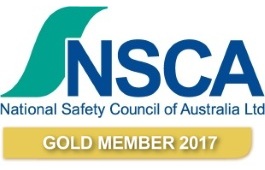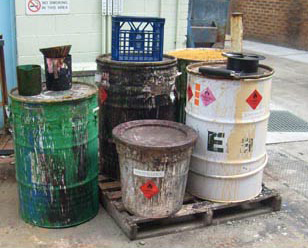In Australia, there is legislation, regulations, Australian Standards and Codes of Practice that state the requirement that any business conducting an activity where the risk of a spill must have sufficient and appropriate spill control and response equipment in place.
Each state has its own environment protection legislation and regulators. The common thread through these various jurisdictions is the principal of duty of care. The Environmental Duty of Care states:
‘A person must not carry out any activity that causes, or is likely to cause, environmental harm unless the person takes all reasonable and practicable measures to prevent or minimise the harm’.
This means that every reasonable step to avoid the spill and prevent spill from harming the environment must be taken. If these reasonable steps are not taken it constitutes an offence against the Act.
Section 116 of the Protection of the Environment Operation Act states:
116 Leaks, spillages and other escapes
(1)If a person wilfully or negligently causes any substance to leak, spill or otherwise escape (whether or not from a container) in a manner that harms or is likely to harm the environment: (a) the person, and (b) if the person is not the owner of the substance, the owner are each guilty of an offence.
The various state environment protection agencies all agree that spill kits and acceptable mitigation tool and are a preferred method of containing and absorbing workplace spills.
Like environment protection legislation, the work health and safety regulations are administered by the states. These regulations have been harmonised across most states to make it easier for national companies to do business across the country.
Section 357(1) states:
provision is made in each part of the workplace where the hazardous chemical is used, handled, generated or stored for a spill containment system that contains within the workplace any part of the hazardous chemical that spills or leaks,
Section 357 (3) of the WHS regulation goes on to say:
The person must ensure that the spill containment system provides for the clean-up and disposal of a hazardous chemical that spills or leaks, and any resulting effluent.
Failure to adhere to this regulation can result in penalties of up to $6,000 for individuals and $30,000 imposed on companies.
Spill kits are an effective tool for containing and cleaning up workplace spills.
The need for spill kits is also reflected in Australian Standards.
The Australian Standard for Storage and Handling of Flammable and Combustible Liquids (AS1940:2017) was recently reviewed and now provides greater clarity on the requirements for spill kits.
Section 9.4.2 of AS1940-2017 states:
In order to deal with leaks and spills, a spill response kit shall be readily available where flammable or combustible liquids are stored, dispensed or in transit storage
The use of the word “shall” in this section indicates that a spill kit is a mandatory requirement.
Various codes of practice further reinforce the need for workplace spill kits.
Section 4.8 of Code of Practice for the Storage and Handling of Dangerous Goods states:
4.8 Spill control and clean-up
Keep equipment and materials for clean up at the premises to deal with spills or leaks, including absorbent material, neutralising or decontaminating material.
Any spills or leaks should be cleaned up immediately.
The short answer to the question of “Do I Need a Spill Kit” is yes.
Spill Station Australia designed and sold the world’s first mobile bin spill kit in 1987 and continue to be the leader in the field of spill response and control equipment. Contact a Spill Station consultant to ensure you have the correct spill kit for your application.
About the author:
Nathan Cartwright is the CEO of Spill Station Australia. He has been in the spill control industry for over 20 years and consults with Defence, Government and Industry in Australia and South East Asia regarding all facets of terrestrial spill response and control.
He sat on the ME17 committee in the most recent review of AS1940-2017 and had a leading role in the writing of the current AusSpill product quality guidelines Spill Response Kits.
Nathan is currently the deputy chair of AusSpill, the peak spill control industry association.
AusSpill Association
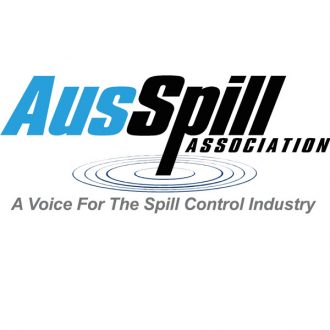
9001:2008 Certified
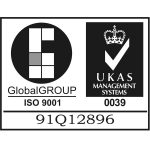
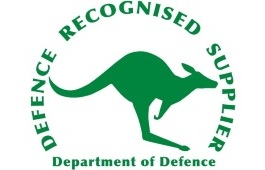
Spill Station® Australia is an independently accredited ISO9001:2008 company and a Recognised Australian Defence Force Supplier.
